Adapting Forage Supply and Stocking Rates Ahead of La Niña: Strategies for Resilient Ranching
As ranchers approach the end of June, a critical assessment point looms – taking measure of expected forage production relative to what their cattle need through the end of the year.
By the midpoint of the growing season, ranchers typically should have accumulated more than half of the necessary forage their livestock will need for the year and the remainder of the dormant season. However, during La Niña years, such as 2024 is predicted to be, forage production can fall short in the next six months if and when weather patterns shift toward drier and warmer conditions in many states.
Understanding and adapting to these changes is not just beneficial for ranchers – it’s essential for sustainable operations.
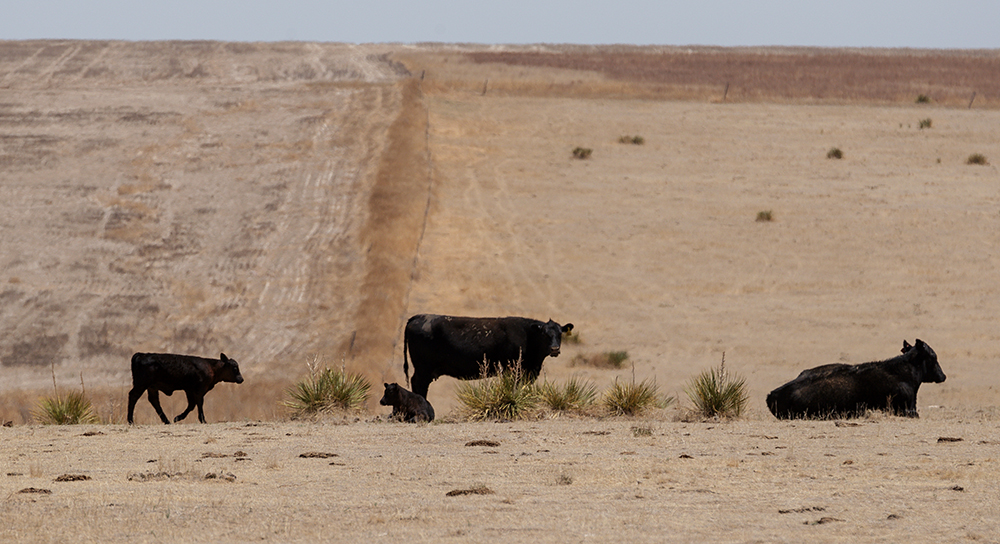
UNDERSTANDING THE IMPACT OF LA NIÑA ON YOUR REGION
La Niña conditions can drastically alter precipitation levels and temperature patterns, depending on the region. Across the Southern U.S., La Niña events tend to bring dry conditions that can lead to decreased forage growth, which challenges ranchers who depend on grazing native pastures year-round.
Hugh Aljoe, director of ranches, outreach and partnerships at Noble Research Institute, says the key to proactive forage management is first understanding how a La Niña year may impact your area and your ranch.
“Understanding the specific impact of La Niña on your region’s climate – particularly how it influences drought conditions – is crucial,” he says. “It allows us to make informed decisions about adjusting our forage supply strategy.”
Clearly, drought will stress existing vegetation and reduce the soil’s moisture retention capacity, making the use of effective grazing management and adequate recovery times critical in regions that go dry. Producers in other parts of the country may see an overabundance of rain and colder winter conditions thanks to La Niña, and have to deal with the challenges those can bring.
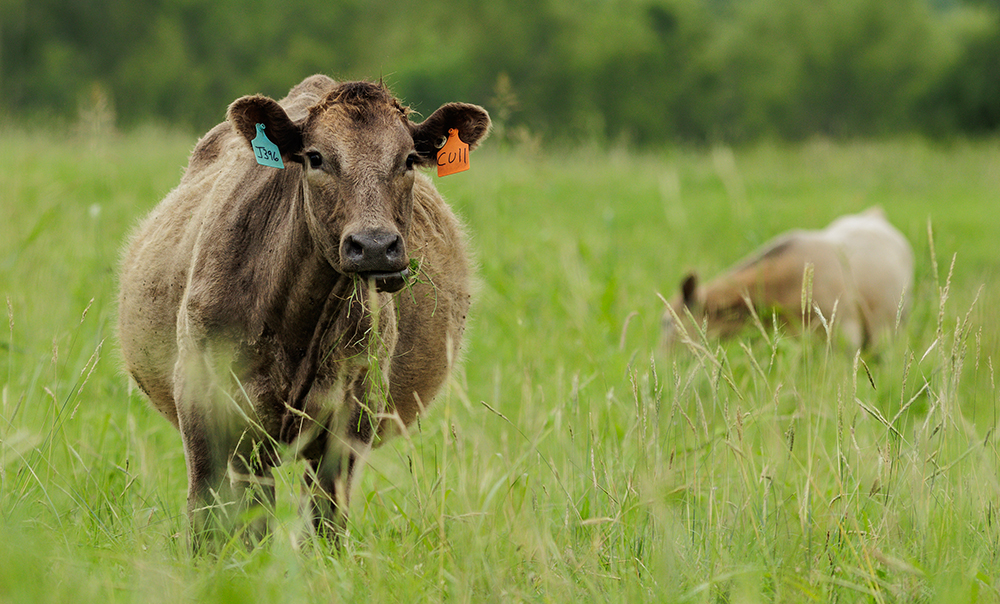
EFFECTIVE FORAGE AND STOCKING MANAGEMENT
With a clear understanding of how a La Niña year impacts your region, you can make strategic adjustments in time to mitigate risks, Aljoe says. If drought is likely, be ready to consider adjusting your stocking rate to align with reduced forage availability as a direct approach to managing through a La Niña year.
“When we look at forage and grazing management, it’s crucial that these align with our soil health principles. We must ensure that we can always adjust our stocking rate according to the carrying capacity, which varies depending on the land’s ability to support forage production.”
Aljoe explains that if ranchers see that they are falling behind on their forage curve and rainfall patterns are not meeting their needs for the year, then proactive measures, such as stocking adjustments, become essential to maintain the health of their pastures and the productivity of their cattle herd.
“If you wait until June 30 to identify that your production is lacking, you’re probably already behind,” Aljoe says, emphasizing that by June 1, ranchers should have already produced 30% of their annual forage, aiming to reach more than 60% by the end of the month.
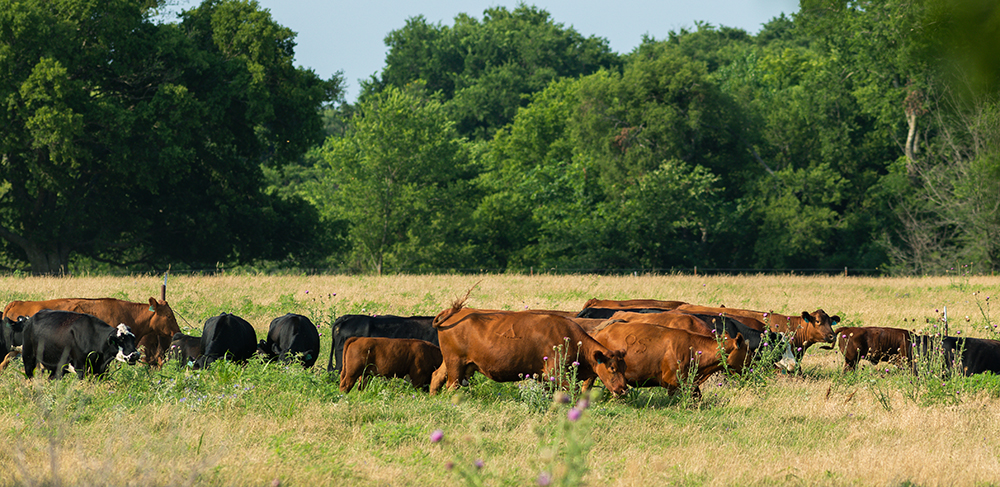
RESERVE HERD DAYS
“I prefer a simple method to assess forage production, which I call ‘reserve herd days.’ This gives us a clear estimate of how many days the cattle can graze a pasture without additional growth,” he says.
Reserve herd days are the number of days your existing total number of cattle (herd) can graze on existing forage reserves, including standing pasture and stored forage such as hay – total grazeable forage for the existing herd of cattle on date of assessment – assuming no additional growth (no consideration for regrowth potential) and leaving the residual required to sustain the plants and soil organisms.
This approach can help ranchers understand their buffer against forage scarcity and plan accordingly. Aljoe recommends that by June 1, ranchers have grown enough forage to have more than 125 reserve herd days in front of them, and, by the end of June, at least 250.
“By the end of May, I examine my reserve herd days. If they are significantly below what’s needed – say 30% to 50% less – it’s a clear indication that I need to pay close attention, especially if the rainfall over winter was insufficient to recharge the soil moisture.”

DECISION POINTS FOR STOCKING ADJUSTMENTS
Strategic destocking becomes a necessary consideration when reserve herd days indicate impending forage shortages.
“When forage is limited, it’s wise to start making destocking decisions, considering that there’s likely a lower-performing 20% of your herd that could be reduced,” he says.
Identifying less productive or older animals for early sale can prevent overgrazing, extend the existing grazing resources, and preserve the soil and plant health of your pastures.
Aljoe recommends maintaining a base stocking rate at 80% of the total capacity in southern Oklahoma and northeastern Texas. (That number decreases to 50-60% as one moves west or into south Texas.) This conservative approach ensures that ranchers are not overstocked more than once every five to seven years, thus preserving forage in good years to take advantage of potential market opportunities or to increase herd nutrition.
Ultimately, the decision to destock is a balancing act between immediate economic pressures and the ranch’s long-term grazing land soil health and ecological sustainability. By monitoring reserve herd days and being ready to take proactive measures like destocking, ranchers can navigate potential challenges posed by La Niña.
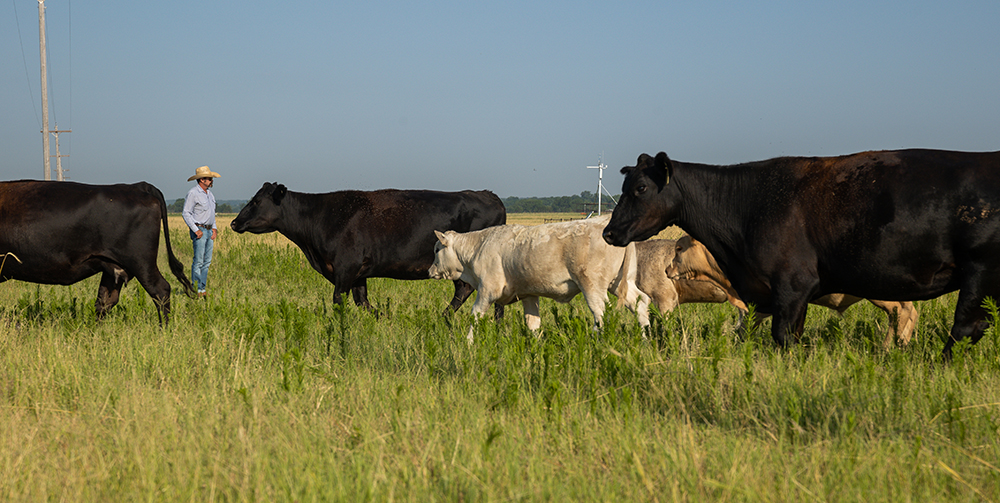
FILLING FORAGE GAPS
In cases where forage is lacking as early as June, Aljoe suggests strategic measures to bridge the gap. If early summer rainfall permits, this might include planting short-cycle forage crops like sudangrass, sorghum-sudan hybrids or millets in a mixed covercrop blend on grazeable cropland acres. Depending on the timing of the planting and subsequent rain, these crops can provide critical grazing relief in late summer or early fall.
“When we anticipate shortfalls, planting tactical forage crops early in the season can capitalize on the available moisture, providing a vital stopgap and securing early fall grazing opportunities,” he says.
“In situations where forage supply might not meet demand, particularly during a La Niña year, it’s important to implement strategies that extend the life and productivity of our pastures,” he adds.
By controlling or limiting grazing time, allowing cattle into just the portion of the pasture they need for the day and then moving them, you significantly reduce trampling and enhance regrowth. This method not only extends the usability of the pastures, but also maximizes their regenerative capacity.
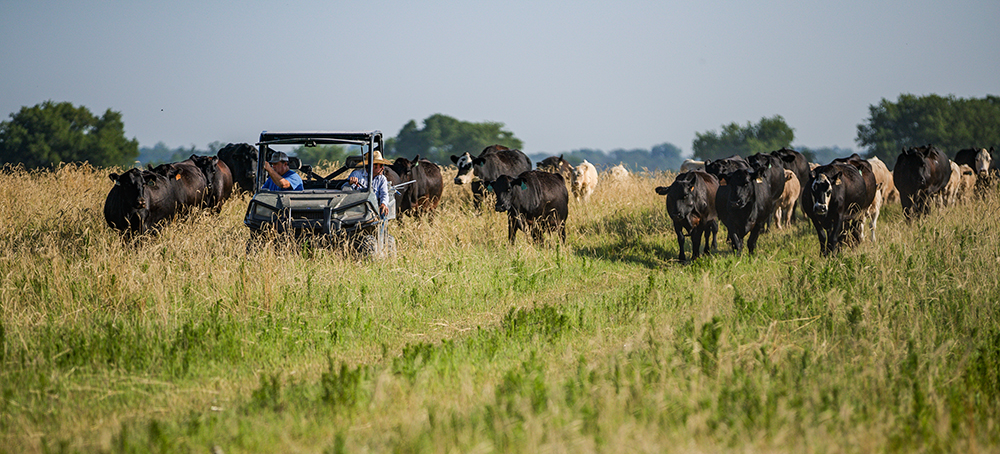
FORGING RESILIENCE DURING LA NIÑA
Navigating the challenges of a La Niña year requires a blend of timely action, strategic foresight, and effective use of available resources. By understanding the potential impacts of La Niña on their specific regions, employing predictive tools such as calculating reserve herd days, and adapting grazing and stocking practices accordingly, ranchers can maintain the health of their pastures and the productivity of their herds. Through proactive management, the adversity posed by a La Niña year can be transformed into an opportunity to strengthen the resilience of ranch operations.
UNDERSTANDING THE IMPACT OF LA NIÑA ON YOUR REGION
To anticipate La Niña impacts, ranchers should:
- Study historical data: Look at how previous La Niña cycles affected your area. This can include changes in precipitation levels, temperature averages and extreme weather events. Historical data provide a baseline for what might be expected. Read more about La Niña weather patterns.
- Monitor seasonal forecasts: Utilize resources from meteorological agencies that offer predictions based on oceanic temperature indices and atmospheric patterns. These forecasts can help predict the onset and likely impact of La Niña on your region.
- Consult experts: Meteorologists and climatologists can offer insights into how broader climatic conditions, such as La Niña, influence local weather patterns. Their expertise can help you adapt your management strategies to expected changes.

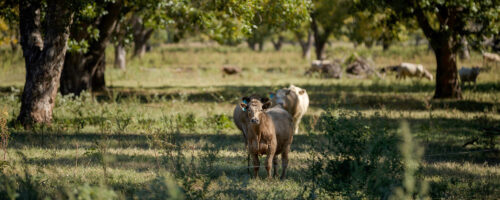

Comment